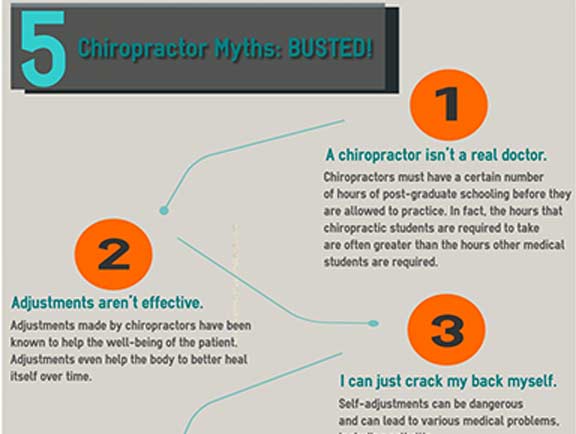Daily Practices That Lead To Back Pain And Techniques For Avoidance
Daily Practices That Lead To Back Pain And Techniques For Avoidance
Blog Article
Post By-Hermansen Svenningsen
Maintaining proper position and staying clear of usual pitfalls in daily tasks can significantly influence your back health. From exactly how massage in washington heights rest at your desk to just how you raise heavy objects, tiny adjustments can make a big difference. Envision a day without the nagging neck and back pain that impedes your every action; the option might be simpler than you believe. By making a few tweaks to your day-to-day habits, you could be on your way to a pain-free existence.
Poor Posture and Sedentary Way Of Life
Poor pose and a less active way of living are two major factors to pain in the back. When you slouch or hunch over while resting or standing, you placed unneeded strain on your back muscles and back. This can result in muscular tissue discrepancies, tension, and at some point, persistent pain in the back. Additionally, sitting for long periods without breaks or exercise can deteriorate your back muscular tissues and bring about rigidity and pain.
To deal with bad position, make an aware initiative to rest and stand up right with your shoulders back and aligned with your ears. Remember to keep your feet flat on the ground and avoid crossing your legs for extensive durations.
Including normal stretching and enhancing exercises into your everyday regimen can also help enhance your position and alleviate neck and back pain connected with an inactive way of living.
Incorrect Lifting Techniques
Incorrect lifting methods can substantially add to back pain and injuries. When you raise hefty objects, keep in mind to flex your knees and use your legs to raise, as opposed to relying on your back muscles. Prevent turning your body while lifting and maintain the things near your body to minimize strain on your back. It's important to preserve a straight back and stay clear of rounding your shoulders while lifting to avoid unnecessary stress on your back.
Constantly assess the weight of the item prior to lifting it. If click over here 's also hefty, ask for aid or use tools like a dolly or cart to carry it safely.
Remember to take breaks throughout lifting jobs to give your back muscular tissues a chance to relax and stop overexertion. By implementing proper lifting methods, you can protect against pain in the back and decrease the threat of injuries, ensuring your back remains healthy and balanced and solid for the long-term.
Lack of Normal Workout and Extending
A less active way of living devoid of routine exercise and stretching can considerably add to back pain and discomfort. When you do not take part in exercise, your muscles become weak and inflexible, leading to inadequate stance and increased pressure on your back. Normal exercise assists strengthen the muscular tissues that sustain your back, enhancing stability and minimizing the risk of neck and back pain. Incorporating stretching right into your regimen can also enhance adaptability, preventing stiffness and pain in your back muscles.
To prevent back pain triggered by an absence of workout and extending, aim for a minimum of 30 minutes of moderate physical activity most days of the week. Consist of exercises that target your core muscle mass, as a solid core can aid minimize stress on your back.
Furthermore, take breaks to extend and move throughout the day, especially if you have a workdesk work. Basic stretches like touching your toes or doing shoulder rolls can help alleviate stress and prevent pain in the back. Prioritizing regular workout and extending can go a long way in maintaining a healthy and balanced back and reducing discomfort.
click the up coming post , remember to stay up right, lift with your legs, and remain active to prevent pain in the back. By making simple changes to your day-to-day routines, you can stay clear of the discomfort and restrictions that come with pain in the back. Look after acupuncture locations nyc and muscular tissues by practicing good stance, appropriate training strategies, and routine exercise. Your back will certainly thank you for it!
